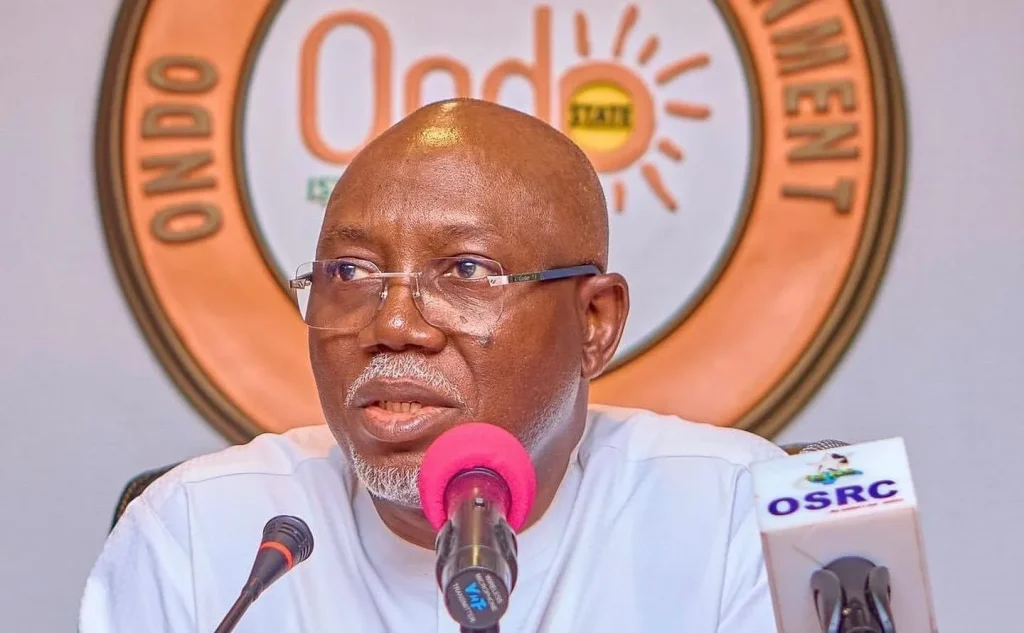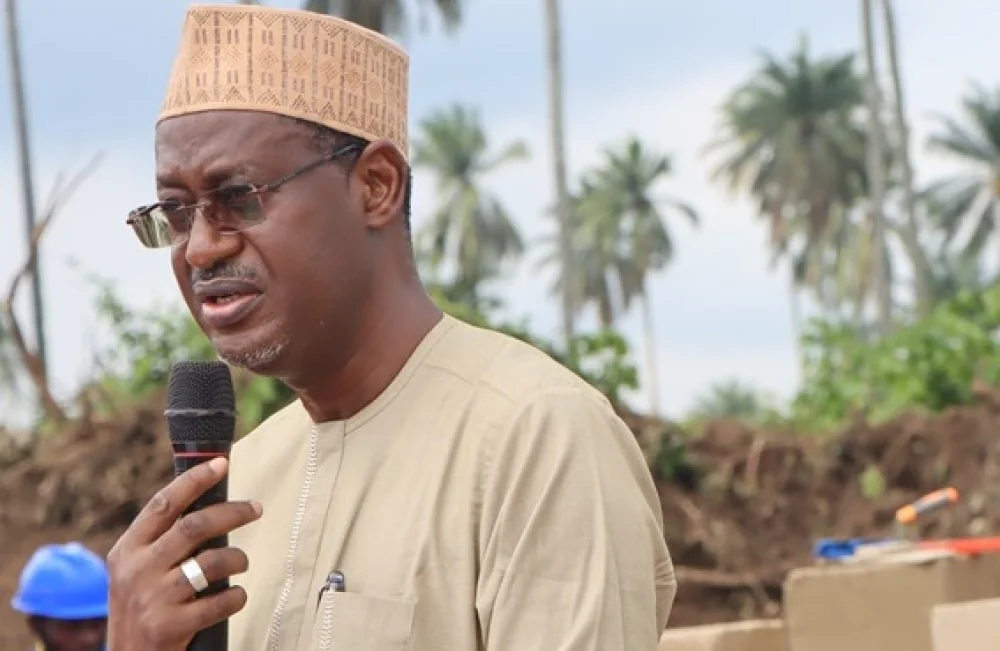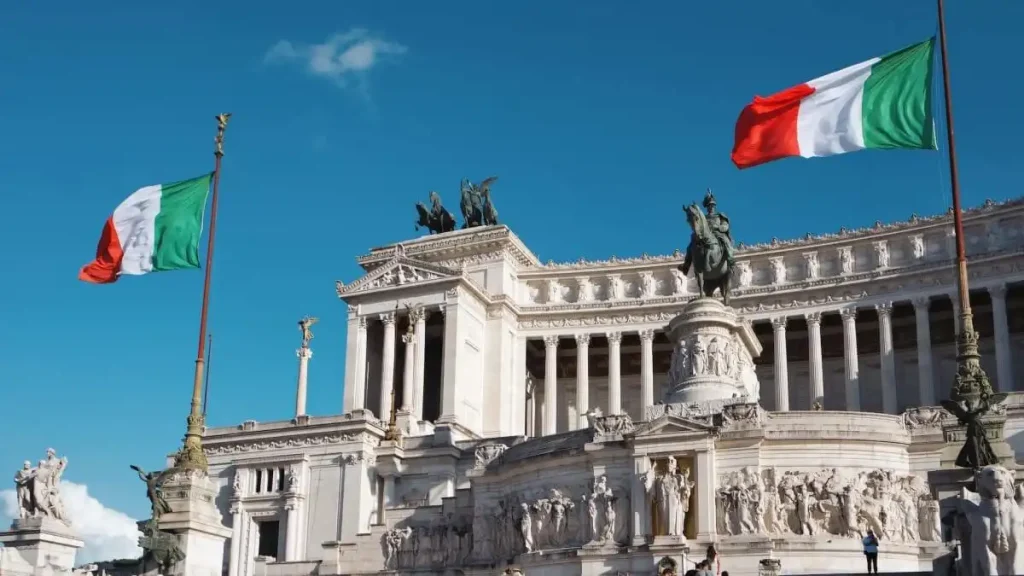The depreciation of the naira has caused Nigeria’s external debt to surge by approximately ₦30.03 trillion between 2023 and June 2024, despite a reduction in the debt when measured in US dollars. This significant increase underscores the impact of currency devaluation on the country’s financial obligations.
Impact of Exchange Rate Shift
Data from the Debt Management Office (DMO) revealed that as of June 2023, Nigeria’s external debt was $43.16 billion, equivalent to ₦33.25 trillion at the exchange rate of ₦770.38 per dollar. By June 2024, the external debt had marginally reduced to $42.90 billion. However, the exchange rate rose sharply to ₦1,470.19 per dollar, inflating the naira equivalent to ₦63.07 trillion, a staggering 89.7% increase in local currency terms.
Had the June 2023 exchange rate been maintained, the external debt in naira would have remained at ₦33.05 trillion. This means the naira’s devaluation alone added ₦30.02 trillion to the country’s external debt obligations over the year.
External Debt Composition
External debt accounted for 46.96% of Nigeria’s total public debt by June 2024, up from 38.05% in June 2023. Multilateral lenders remain Nigeria’s largest external creditors, holding over half (50.41%) of the external debt, amounting to $21.62 billion.
- World Bank Group: Nigeria owes $16.32 billion, with $15.83 billion to the International Development Association and $484 million to the International Bank for Reconstruction and Development.
- IMF: Debt to the International Monetary Fund stands at $1.61 billion (3.75% of external debt).
- African Development Bank Group: Total debt to the AfDB is $3.87 billion, comprising $1.63 billion to the AfDB and $991.89 million to the African Development Fund.
- Islamic Development Bank (IsDB): Nigeria owes $241.84 million, or 0.56% of its external debt.
Bilateral creditors such as China and France collectively hold $5.89 billion, with China’s Exim Bank accounting for $5.07 billion. Commercial debt through Eurobonds constitutes $15.12 billion (35.24%), making it a significant component of Nigeria’s external obligations.
Rising Debt Service Payments
Nigeria’s foreign debt servicing payments have also risen substantially. Between January and September 2024, the country spent $3.58 billion on external debt servicing, a 39.77% increase from the $2.56 billion spent in the same period in 2023, according to data from the Central Bank of Nigeria.
This rising debt servicing cost reflects broader global trends. The World Bank reported that developing nations spent $1.4 trillion on foreign debt servicing in 2023, driven by a surge in interest rates to their highest levels in two decades. Interest payments alone amounted to $406 billion, significantly constraining expenditure on critical sectors like health and education.
Government’s Borrowing Strategy
Despite mounting debt, Nigeria has continued to seek external financing. In June 2024, the Federal Executive Council approved a $2.2 billion external borrowing plan, which included $1.7 billion from Eurobonds and $500 million from Sukuk offerings. This move is part of the Federal Government’s broader economic recovery plan, which focuses on stabilizing macroeconomic conditions and promoting local production.
Minister of Finance Wale Edun justified the borrowing, stating that it aligns with the government’s reform agenda. Earlier in the year, Nigeria raised $2.2 billion from a Eurobond auction, demonstrating confidence from both local and international investors.
Implications and Outlook
The naira’s devaluation has exacerbated the fiscal strain on Nigeria, significantly inflating the cost of external debt in local terms. While reforms and domestic initiatives aim to stabilize the economy, the rising debt servicing costs highlight the challenges of balancing fiscal obligations with developmental priorities. The government’s reliance on external borrowing underscores the urgency of addressing structural economic vulnerabilities to ensure long-term stability.













